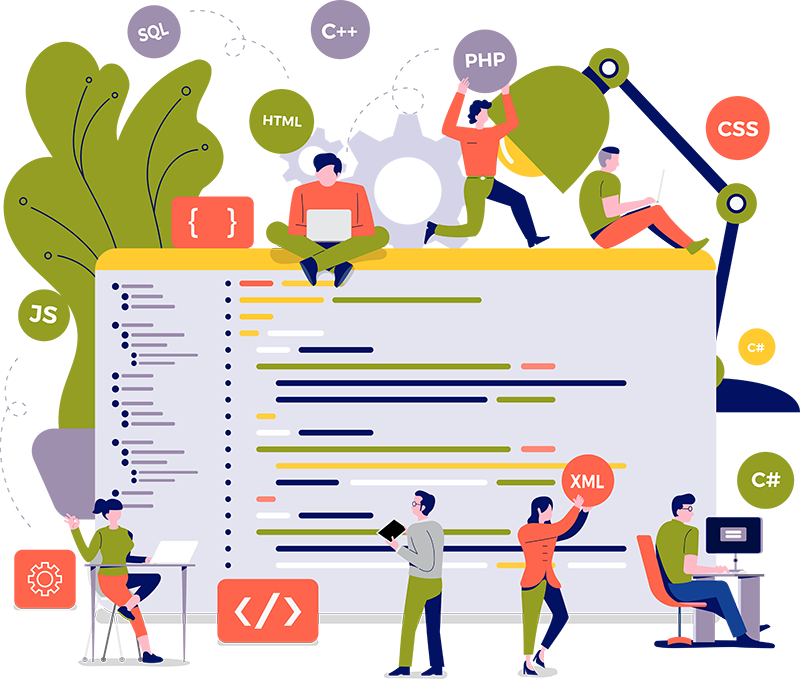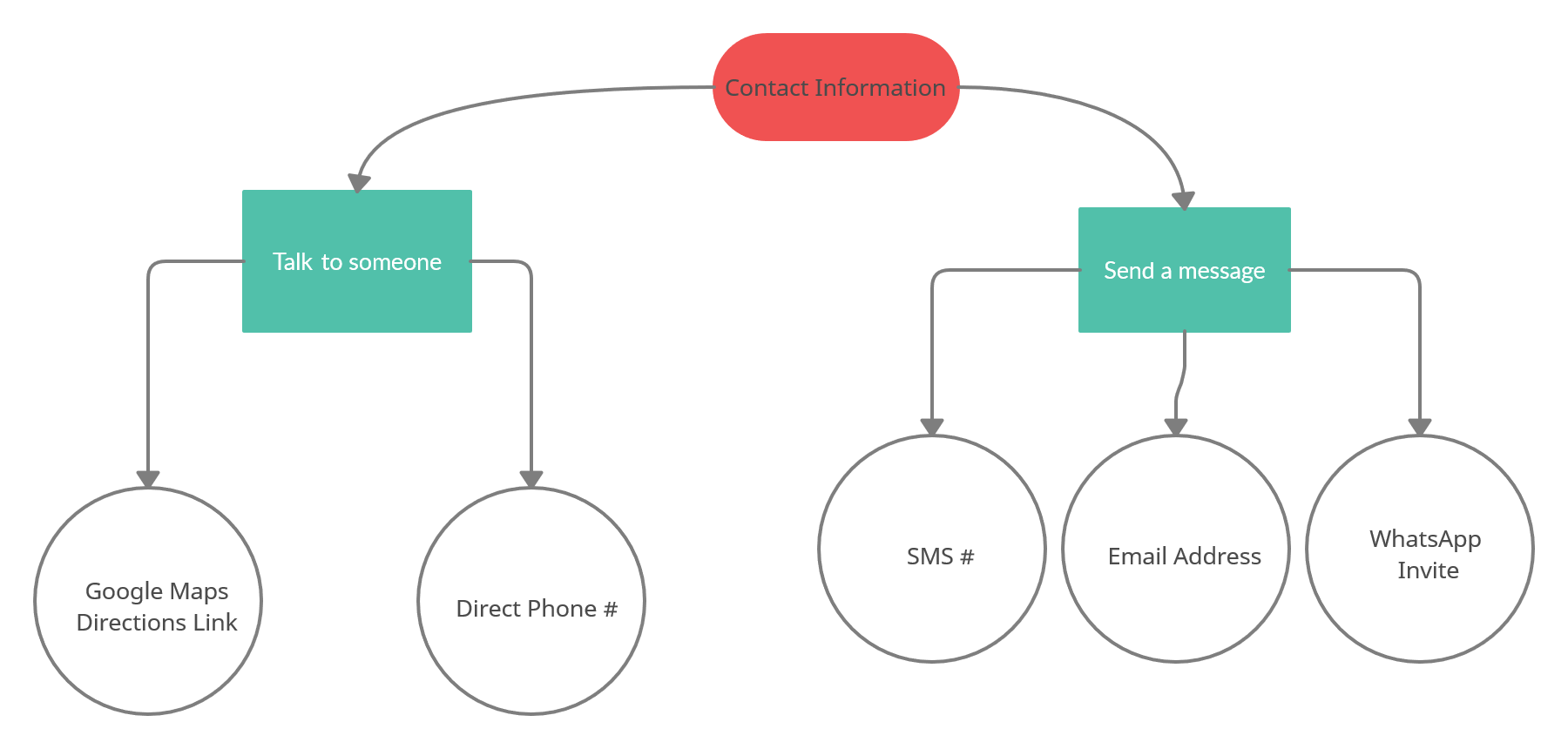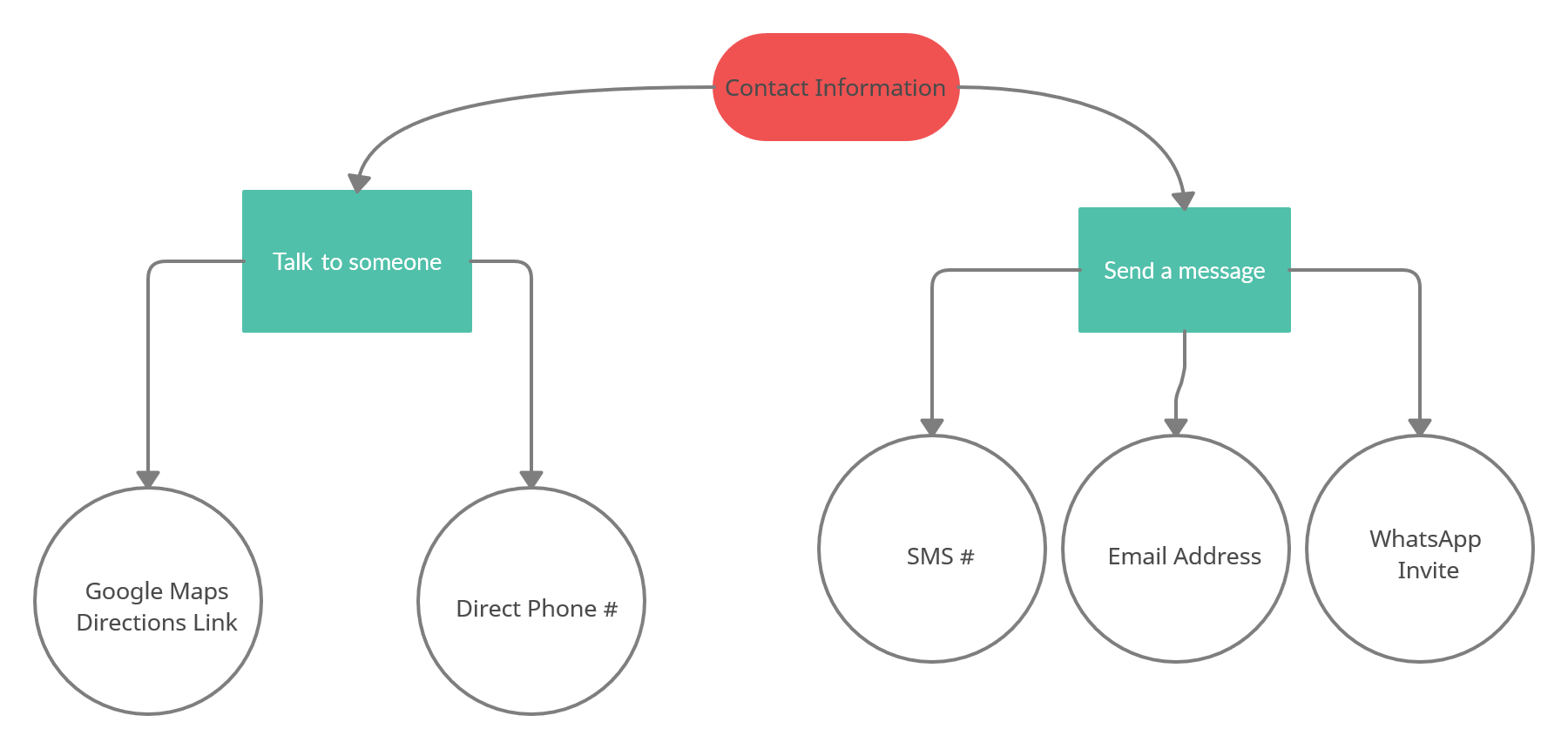Chatbots have made a huge impact in delivering instant information in the digital world. Is there a right chatbot solution for small business organizations? Does it really make sense for locally owned organizations? It absolutely does – and closely considering what (1) type of information, (2) how much information, (3) chatbot location and (4) when does an actual person take over from the bot, will help determine a chatbot solution that makes sense for your small business. I was lucky enough to be involved in a few different chatbot builds – some not so great, others not too shabby. Based on my experience:
what truly separates the most annoying “this bot is spinning me in circles I hate it, can I just talk to an actual person” bots from “I have the information I was looking for, that was easy” bots is an organization’s ability to focus on helping customers as opposed to trying to make the chatbot seem like an actual person.
I hope that the insights I share and some of the chatbot solution provider suggestions below will give you the confidence to see the true value of this technology. It’s a solution that has become fairly simple to implement but difficult to master – a perfect recipe for small business organizations to differentiate themselves from their competition (when done right).
Type of information
This may seem straight forward but more often than not one path leads much further down a rabbit hole than you initially expected. The simpler you keep your path, the easier it will be to manage and help people find the information they’re looking for. Below is an example of a quite basic, sample “workflow” or path you could create when it comes to contacting your business:
Now keep in mind that usually, after someone selects an option – you can also follow up with a acknowledgment message. For example if someone navigates their way down to a Google Maps directions, you can have a fun “see you soon!” message or perhaps a helpful “free to parking behind our building” to help make their journey easier. Conversational tone is usually preferred with chatbots unless the information you’re providing is sensitive. Context always needs to drive direction when deciding tone.
As you can imagine I picked a straight forward example – depending on your service, offering or business type this can get quite interconnected and people can jump from side to side not just downwards in a certain path. That is why this part is probably the most important (and usually cumbersome) to figure out.
HELPFUL TIP: While these workflows may be burdensome to create – they are extremely good at keeping your thoughts organized and offer a visual representation of the amount of information needed to setup your chatbot. Don’t get discouraged! Start off with something straight forward such as contact information to get in the groove then move on to more complex information flows.
How much information
Alright – do I have you thinking about the info you want to include? Next step is to start planning how detailed that information will be. Contact details are (mostly) straightforward but what happens if you run an online webstore? Do you include every single product? Inventory levels? Prices? Sales? Etc.
This sounds daunting but it actually becomes easier once you’ve put together the layout of your information. Keep in mind that in most cases you won’t have to manually enter data in the online store example questions I posed above. Chatbots integrate directly into your system and can pull that information on their own – question comes back to you: this is something you want to integrate into a chatbot or do you want to save something for other digital touch points. How much information is too much?
Figure out what your visitors will find valuable and provide it to them in a simple, contextual manner.
If we go back to the simple contact workflow above – that workflow may be just a small sub-section of your overall chatbot experience:
As mentioned above, I would recommend starting with a simple workflow, depending on your business, and then expanding each subsection of information. Think of them as brainstorming session for each type of experiences you want to make available through chatbots. Starting with what customers most often ask for, what you think would be helpful for them to know and anything that you can uncover through third party platforms (social media, email inquiries, etc).
HELPFUL TIP: If you are able to easily integrate your website or e-commerce platform with the chatbot service, you may be able to auto-populate information based on existing content. Many popular platforms (such as Shopify, WordPress, Instagram, etc) have pre-built integrations where data connects seamlessly. Something to pay close attention to when deciding on chatbot provider!
Chatbot location
Choosing the right place for your chatbot will most likely determine the chatbot provider you ultimately choose. In the early stages of your chatbot building it is best to stick to one area – your website or a social media business page. Once you’ve gone through the initial integration, setup and build it will give you the knowledge to expand to multiple channels and locations to serve the chatbot experience harmoniously across the web.
My recommendation for location is based off of two considerations:
1) Do what is best for your visitors
Do you run a blog? You probably want to include the chatbot on your website.
Does your audience live on Instagram? You probably want to include a social media chatbot.
Do you have an e-commerce store? Find a bot that works seamlessly with your e-commerce platform.
Oftentimes you will need a chatbot solution that works across various platforms – many of them do nowadays. Look at where you want to have the strongest presence and build from there. If social is your jam then develop a really good chatbot for social media pages and then evolve it to work with your website or other properties that make sense.
2) Easy platform integration

HELPFUL TIP: Before jumping into a service – ask the provider if they have actual examples of platform integrations that you can look at. Specifically look for your existing technologies (e-commerce store platform, social networks, instant messaging software, etc) and then go to organizations provided as examples and interact with their chatobots. This will give you a great idea of experience your visitors will have with your chatbot once you build it out.
Questions to ask for integration functionality:
- Will it sync with my CRM system?
- Does it offer easy integration to specific platforms?
- Do I need to purchase enterprise-level plan for what I’m looking to do?
- Will I have dedicated support to help me as needed?
- Do you offer any template or pre-built workflows for these platforms?
Person takeover
Now the last and most commonly overlooked piece of chatbots: actual people. Who would have thought, huh? Most often we perceive chatbots as a replacement for human interaction (and they are, to some extent…) – but that does NOT mean it replaces human interaction altogether. Why? According to previous research:
86% of customers believe there should be a an ‘escalate to agent’ option when talking to a chat bot.

As a matter of fact, chatbots can help alleviate some of the more common, easy to answer questions – allowing your customer facing team to focus on solving difficult issues.
Let’s go back to our example of the contact information workflow.
In this path – an agent would be brought in at the circled areas. As you can see, that is quite a bit of focus on conversations with an actual person – but they have different response times. Email requests are commonly expected to take some time, whereas a direct phone call or instant messaging chat might require more immediate attention.
HELPFUL TIP: Most small and local business operations don’t have entire teams dedicated to customer support. If you’re limited with how frequently you can have someone takeover from a chatbot, strategically plan that out. Spend plenty of time mapping out the type of information your visitors need and keep coming back to analyze if there is something missing that can be added. If a common question, concern or inquiry keeps coming in from someone jumping from your chatbot to an actual person – could this be part of chatbot in the future? Always keep improving on the experience and grow your bots capabilities!
Getting Started
That was a whole lot of information for just planning your chatbot, but which service do you use? How do you dive in? I think this information is beyond a blog post and it may require deeper digging. I will, however, leave you with some chatbot services that have proven to be effective for other organizations:
- Drift: focused more on converting visitors than providing support, but can serve both purposes. Lead the industry with capabilities by constantly develop their technology.
- Facebook Messenger for Business: the intersection between instant messaging and chatbot technology, you can setup a chatbot directly on your Facebook business page.
- Chatfuel: powerful chatbot intelligence that can directly link to your Facebook page (in addition to other platforms, like Shopify).
- Agentbot: great for conversational style interactions and customer support.
- MobileMonkey: focused mainly on B2C with plenty of easy integrations, even has a specific sub-service for small-to-medium businesses.
Keep in mind that these are just some of the platforms to get you exploring. There may be a solution out there that makes much more sense than any of the ones listed here. Do your research, ask questions and test before you fully commit to any one chatbot provider.



